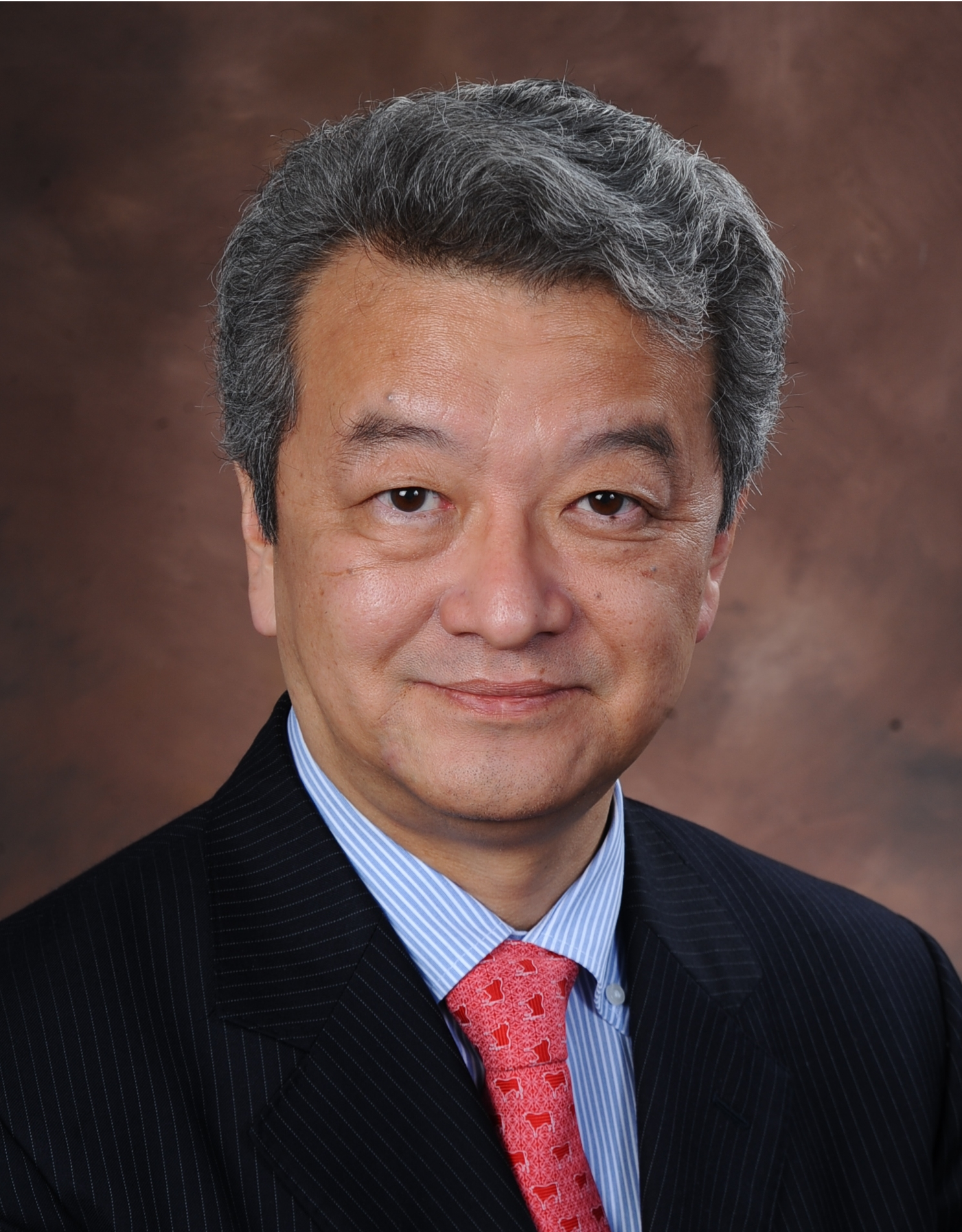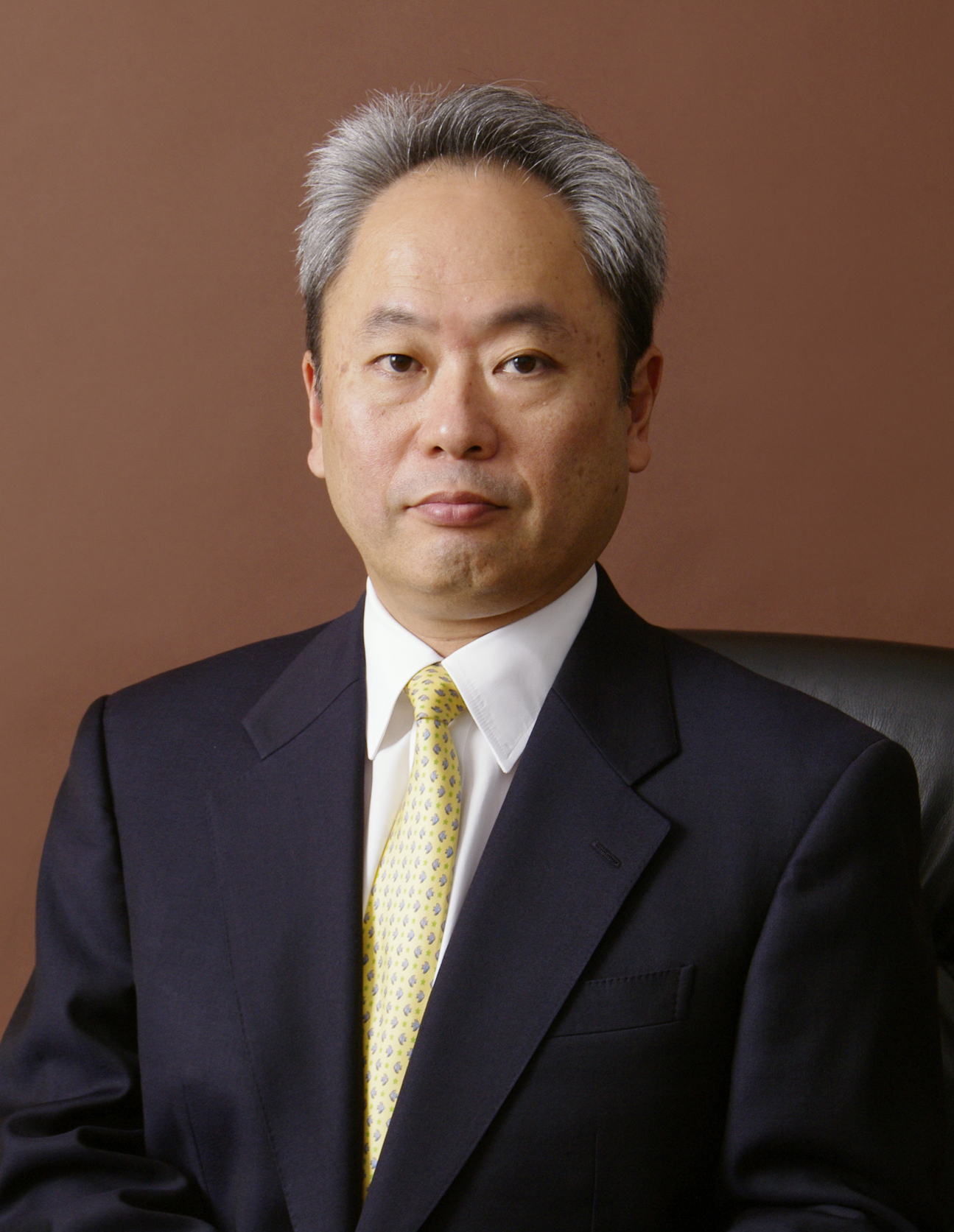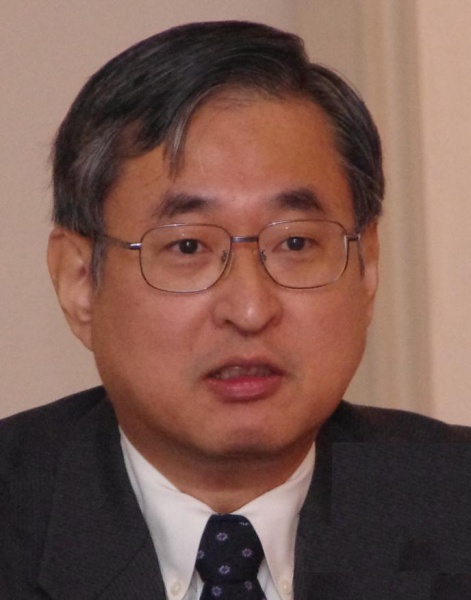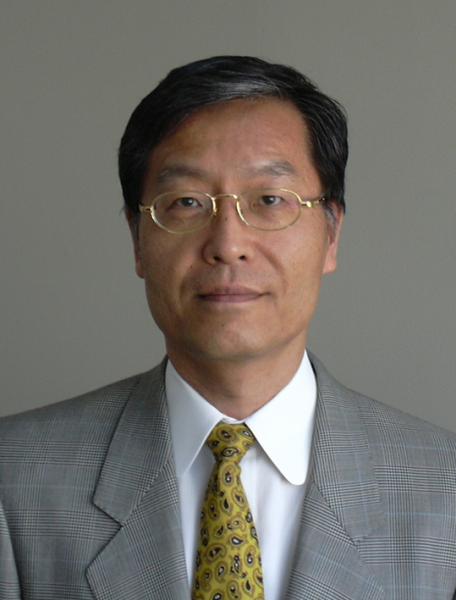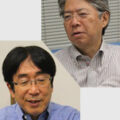The Piketty Phenomenon and Reality in Japan: Distributive Politics – Overemphasis and the Lack of Growth Policies
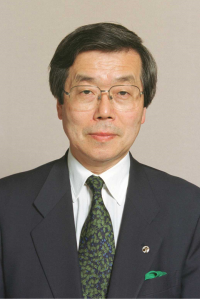
KOJIMA Akira, Chairman of World Trade Center Tokyo, Inc., Member, Board of Trustees of the National Graduate Institute for Policy Studies
Dubbed a “rock star” economist as he emerged from France, Paris School of Economics Professor Thomas Piketty has also caused a major sensation in Japan. The Japanese translation of his stand-out publication, Capital in the Twenty-First Century, sold more than 100,000 copies within the first few weeks of its release. In the publishing industry, which is suffering from a structural publishing slump, publishers of the Japanese editions of foreign books have become an object of envy. The theme of the book is inequality, and in Japan, where widening inequality has long been a source of lively debate, “inequality” has become a point of contention which has even found its way into economic policy debates in the National Diet.
Capital that doesn’t earn money and the decline of entrepreneurship
However, isn’t the reality in Japan something unique and quite different from Professor Piketty’s argument? If we look only at the time since the collapse of Japan’s bubble economy, in other words from the 1990s onwards, the earning ability of capital has deteriorated, and production in the electronics industry, which once played a major part in Japanese exports and had a leading role in the Japanese economy, has continued to decline after peaking at 26 trillion yen in the year 2000, and now accounts for only about 11 trillion yen. The balance of trade has even fallen into a deficit. In Japan, restoring the earning power of capital is in itself a problem. Even across industry as a whole, restoring and strengthening earning power is an issue.
Looking at the change in corporate tax revenue (the government’s general account), this fact becomes clear. In fiscal 1989, at the peak of the bubble economy, corporate tax revenue was 16 trillion yen, while in fiscal 2014 it is expected to be just 10 trillion yen or thereabouts. While there are various special measures in place, only between thirty and forty percent of listed companies are paying corporate tax.
Piketty’s concept of “capital” includes government bonds, securities such as shares and corporate bonds, bank deposits, and real estate such as land and houses—more “assets” than “capital.” While home appliance manufacturers and many other companies are selling off assets like real estate and factories to secure revenue and match up the numbers, the revenue gained in this manner does not represent earnings from capital.
I posit that the challenge Japan currently faces is restoring the earning power of capital and boosting earnings ratios. And while widening income disparity is a problem, recent disparity has manifest in two ways, the issue of an employment class system developing with the income disparity between permanent and non-permanent employment and its consolidation, and the issue of disparity in the burden between generations and widening disparity among the elderly. It’s fair to say that both of these issues are Japanese in nature.
The income disparity between permanent and non-permanent employment is particularly large. What’s more, the proportion of non-permanent employees, whose income is lower at 50% or 60% the income gained from permanent employees, increased sharply from 1998 in particular as financial crises came to the fore and companies began full-scale employment adjustments dubbed “restructuring,” and this has widened income disparity as a result. Similarly, until recently labor unions were only interested in permanently employed union members and showed little to no consideration for the issues faced by non-permanent employees.
In recent years, the Organisation for Economic Co-operation and Development (OECD) has pointed out that the state of Japan’s long-term employment system has developed into one of vested interests, and has advised on the need for corrective action to establish more flexible employment systems and practices. While disparity in employment and income is a corporate governance issue, it is also a labor union issue.
While share prices have risen in step with the emergence of Abenomics, individual share ownership is in decline and was 18.7% in 2013, marking a drop to below 20%. By contrast, ownership by foreign investors has risen due to five straight years of on-balance buying, and is now more than 30%. The proportion of foreign investors in sales transactions has even surpassed 70%. With interest rates on deposits and government bonds almost at zero, earning ratios have reached unprecedented low levels.
What is currently needed at companies is entrepreneurship. This is why the importance of corporate governance is repeatedly emphasized in the government’s growth strategy (the third arrow of Abenomics). No entrepreneurship can be felt from the technique of securing profits by reducing employment, raising the proportion of low-income non-permanent jobs and lowering labor costs. On this point, the International Monetary Fund (IMF) has also paid attention to the fact that Japanese companies’ ratio of cash reserves (internal reserves) as a share of stock market capitalization is exceedingly high among G-7 industrialized countries, such that it has led to calls that “Japanese companies should make use of their cash reserves rather than just retaining them” (Review of the Japanese economy by the IMF, July 2014).
Seeking a balance between distribution-oriented politics and growth-oriented politics
During the high economic growth period following World War II, income disparities ended up shrinking. Part of this is because distribution-oriented policies worked. Several economic plans advocating “well-balanced national development” as a catchphrase were put into place during the postwar period. With “well-balanced” another way of saying “free from disparities,” policies such as those offering skewed distribution of public works projects to regional areas under the slogan “eliminating the disparities between large cities and regional areas” were instituted. As the issue of inequalities in the value of individual votes from different electoral districts indicates, policies that prioritized distribution to regional areas were undertaken.
That is not to say that growth was downplayed in economics. But among developed nations, Japanese economic circles have always given a lot of weight to Marxian economics, and there had long been an interest in distribution issues. During the so-called catch-up period, actual policies bore the hallmarks of state capitalism, as Japan worked to centralize its resources and achieve industrialization efficiently. This approach functioned effectively during the catch-up era, and ensured economic growth and industrial development. As a result, even though politics came to place undue emphasis on “distribution,” this was not at the expense of growth. As growth with a pie that could be divided up yielded substantial results, Japan managed to strike a balance between growth and distribution in some ways.
However, the catch-up process which made it easy to ensure high levels of growth ended around 1980. From that point until today, Japan has failed to build a post-catch-up economic development model. The economy has continued to shrink since the deflationary period from 1998 onwards. The pie that can be divided up is running a deficit.
While Japan’s nominal gross domestic product (GDP) in fiscal 2013 grew 1.8% over the previous year, it stood at 483 trillion yen, below the 489 trillion yen it had hit two decades before, in 1993. One important disparity that should be regarded as a problem for Japan is that in growth rates between Japan and other countries, in other words, the disparity (decline) in Japan’s international competitiveness.
If we compared the 2013 GDPs of various countries with 1993 as the index year, while China has grown to 1609.8, South Korea to 447.8, and the United States to 244.2, Japan is only at 97.4. Naturally, Japan’s GDP now accounts for a smaller share of the world economy. While in 1990 it accounted for 13.8% of the world economy, in 2013 this had shrunk to 6.6%.
If distribution-oriented policies continue to be pursued without ensuring growth, we will end up as a society in which everyone is equally poor. Alternatively, even if we put the brakes on widening disparities, we will face a scenario in which society as a whole will become poorer.
Since Japan’s population is declining, many have pointed out that per-capita GDP is more important than overall GDP. While this may be true, Japan’s ranking in terms of per-capita GDP has also dropped significantly compared with other countries.
According to IMF materials, Japan’s per-capita GDP ranked third in the world in 2000, but had slipped to 16th by 2010 and 26th by 2014. This downward movement has been spurred on by the weaker yen and stronger dollar.
The gap between real and perceived disparity
When discussing disparity issues, it is crucial that we distinguish between real disparities and perceived ones. During the high economic growth era, the so-called anticipated growth rate of the economy was also high, and there was also a strong expectation of higher incomes. These expectations fostered aggressive management on the part of companies, and the “perceived disparity” between people weakened. At one point, the perception that “all Japanese belong to the middle class” was shared among the Japanese people.
However, prolonged deflation fuels debates over the share (distribution) of the burden, and in the course of declining expectations for the future, perceived disparities have a tendency to strengthen beyond actual disparities.
It should also be noted that with regard to the politicians debating about disparities, in addition to the voting disparities mentioned above, the hereditary ties of politicians themselves has become an issue. At both the national and regional levels, politics has become increasingly the realm of political families and hereditary links. As a result, it has become difficult for new people to enter the field. Under the single-member constituency system, politicians from political families enjoy an advantage, and the hereditary lineage of politicians has become increasingly consolidated. Moreover, to win an election in a single-seat constituency, rather than major political issues at the national political level, politicians need to place a greater importance on the problems of local residents, which may have the result of further bolstering distribution-oriented policies.
Debates over distribution and disparity will continue to generate interest as an important theme under democratic politics. However, in Japan, where deflation has persisted for more than a decade, we need to have more serious discussions about growth-oriented politics and growth-oriented policies.
Agriculture is a typical field where growth-oriented politics have been neglected and distribution-centric politics have been pursued. These politics represented pork barreling masquerading as protectionism, and were social policies rather than industrial policies. As a result, instead of competitive agricultural with growth potential, entrepreneurship in agriculture continued to deteriorate due to government policies (politics). The value of agricultural produce peaked at just under 12 trillion yen in the mid-1980s, and by 2009 had declined to 8 trillion yen. 8 trillion yen represents the sales generated by just a single major corporation.
In many ways, the issue of disparity in Japan differs from the world presented by Piketty.
Translated from an original article in Japanese written for Discuss Japan. [March 2015]
